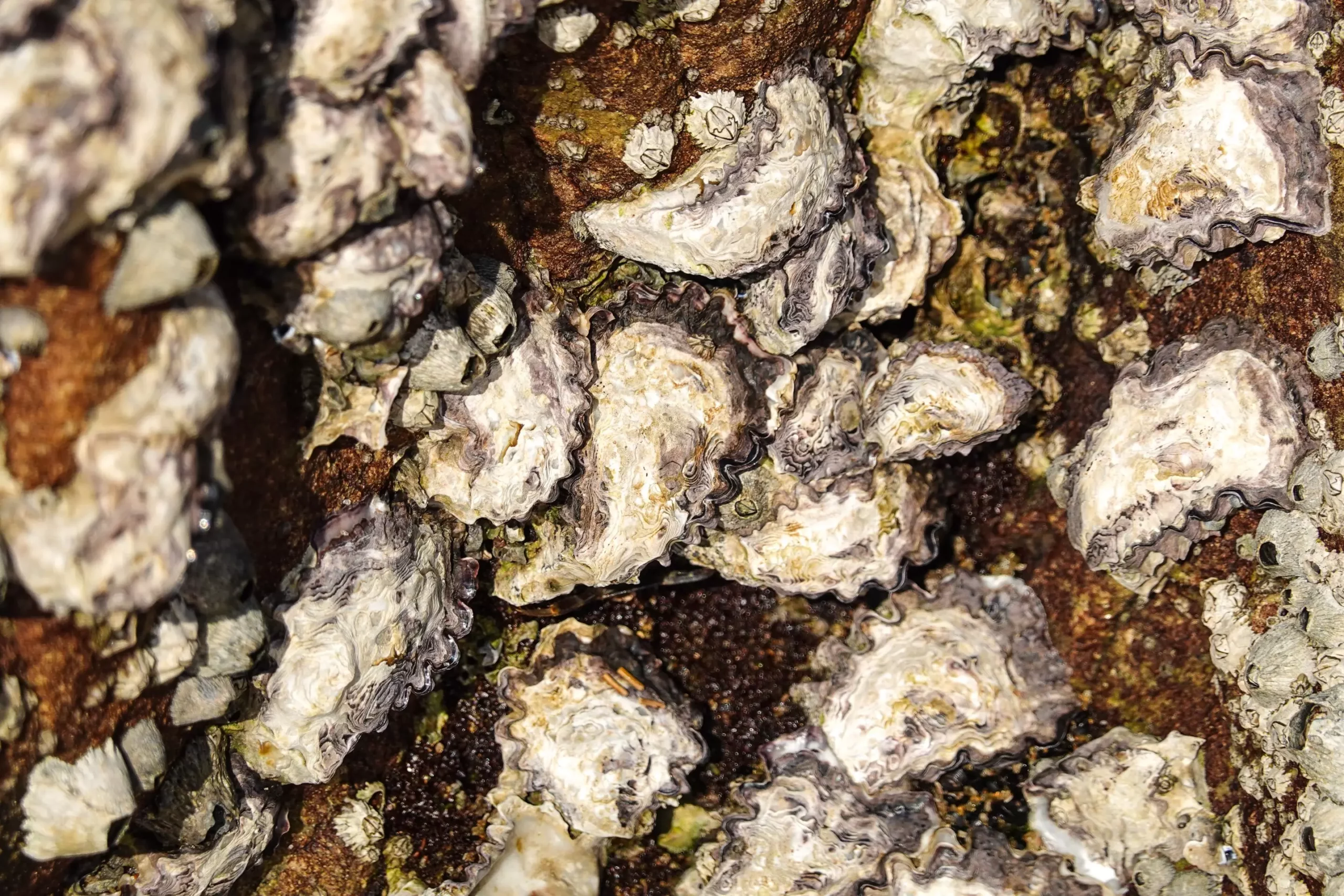While oysters are often celebrated for their rich flavor and culinary versatility, recent research has unveiled a hidden aspect of these mollusks: their unique adhesive capabilities. Specifically, Etheria elliptica, a species of freshwater oyster native to African rivers and lakes, possesses an intriguing adhesive that may hold the promise of revolutionizing the production of environmentally friendly glues. This article delves into the nature of this adhesive, as well as its potential applications in various industries, from dental care to construction.
The adhesive produced by Etheria elliptica sets itself apart from synthetic alternatives by virtue of its composition. Researchers from the University of Saskatchewan’s Canadian Light Source have revealed that this natural glue is primarily composed of aragonite, a mineral found in the shells of many marine organisms. However, what makes it particularly compelling is the oyster’s capability to structure the aragonite in a way that it possesses different hardness levels—the exterior being soft and pliable while the interior is substantially more rigid.
Rebecca Metzler, a physics professor involved in the study, notes the biological relevance of this discovery. The structure of the oyster adhesive mirrors certain characteristics seen in human teeth and bones, suggesting potential biomedical applications that could enhance current technologies in dental implants and bone repair. This comparative analysis between natural oyster shells and human biologics underscores how studying nature can lead to innovative solutions for human challenges.
The implications of this research extend far beyond marine biology. The unique properties of the oyster’s glue, driven by its combination of aragonite and specific proteins, hold the potential for the development of synthetic adhesives that are both effective and environmentally friendly. Traditional glues often rely on harmful chemicals, whereas bioinspired alternatives could lead to biodegradable solutions, particularly relevant in packaging and construction industries facing scrutiny over environmental impact.
The collaboration of researchers using advanced platforms such as the Canadian Light Source and the Advanced Light Source synchrotron was pivotal in analyzing the adhesive’s structural characteristics. By examining the spectral data of the oyster glue, scientists are uncovering the intricate makeup of this natural adhesive, providing insight into crafting lab-based versions that mirror its capabilities.
Applications in Ecological Conservation
Moreover, the implications of this research stretch into the realm of ecological sustainability. As freshwater mussel populations, including Etheria elliptica, decline globally, understanding how these organisms utilize their adhesive to form underwater reefs is crucial for conservation efforts. These reefs are vital ecosystems that support various aquatic life forms, and their preservation is paramount in maintaining biodiversity.
Metzler emphasizes that investigating the ecological effects of climate change on these oysters remains an essential next step for her research team. The data collected from historical samples may help establish a clearer picture of how environmental changes impact the adhesive properties of these oysters, thereby enhancing our understanding of their survival and adaptation strategies.
The study of Etheria elliptica and its adhesive properties represents a remarkable intersection of biology, chemistry, and sustainability. As researchers continue to explore the borrows of nature for solutions, the exceptional adhesive capabilities of freshwater oysters may provide groundbreaking advancements in synthetic glues, offer ecological insights, and facilitate the conservation of critical aquatic habitats. The future of glue manufacturing could very well be anchored in the depths of our rivers and lakes, demonstrating the incredible potential of harnessing natural phenomena for human benefit.


Leave a Reply